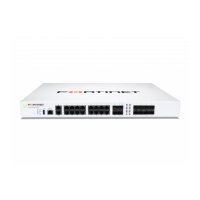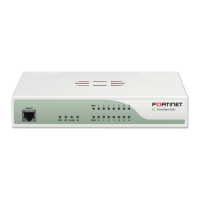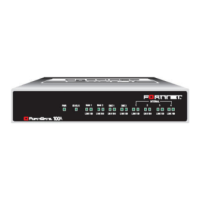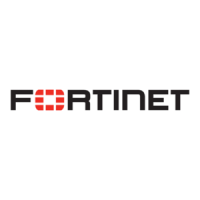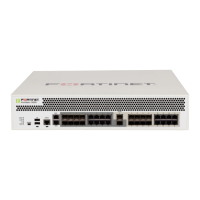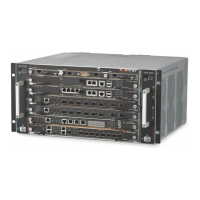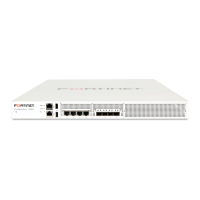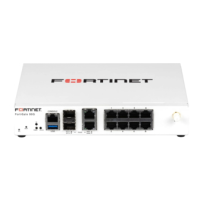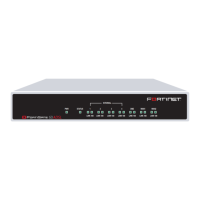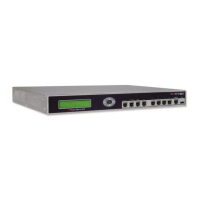Transparent mode deployment Configuring DNS records
FortiMail™ Secure Messaging Platform Version 4.0 Patch 1 Install Guide
Revision 2 121
http://docs.fortinet.com/ • Feedback
where:
• example.net is the local domain name to which the FortiMail unit belongs; in the MX
record, it is the local domain for which the FortiMail is the mail gateway
• fortimail.example.net is the FQDN of the FortiMail unit
• fortimail is the host name of the FortiMail unit; in the A record of the zone file for
example.net, it resolves to the IP address of the FortiMail unit for the purpose of
administrators’ access to the web-based manager and to resolve the FQDN referenced
in the MX record when email users send Bayesian and quarantine control email to the
FortiMail unit
• webrelease is the web release host name; in the A record of the zone file for
example.info, it resolves to the IP address of the FortiMail unit for the purpose of the
web release/delete hyperlinks in the spam report
• 10.10.10.1 is the public IP address of the FortiMail unit
Configuring a private DNS server
Consider providing a private DNS server on your local network to improve performance
with features that use DNS queries.
Figure 45: Public and private DNS servers (transparent mode)
In some situations, a private DNS server may be required. If:
• you configure the FortiMail unit to use a private DNS server, and
• both the FortiMail unit and the protected SMTP server reside on the internal network,
with private network IP addresses, and
• you enable the Use MX Record option (see “Use MX Record” on page 83)
you should configure the A records on the private DNS server and public DNS server
differently: the private DNS server must resolve to the domain names of the SMTP servers
into private IP addresses, while the public DNS server must resolve them into public IP
addresses.
For example, if both a FortiMail unit (fortimail.example.com) operating in transparent
mode and the SMTP server reside on your private network behind a router or firewall as
illustrated in Figure 45 on page 121, and the Use MX Record option is enabled, Table 7 on
page 122 illustrates differences between the public and private DNS servers for the
authoritative DNS records of example.com.
External
Email Server
Local Email Users
Internet
Transparent Mode
Remote Email Users
Router
port2
port1
Internal Email Server
172.16.1.10
Protected Domain:
@example.com
Email Domain:
@example.com
Public DNS Server
example.com IN MX 10 mail.example.com
mail IN A 10.10.10.1
Private DNS Server
example.com IN MX 10 mail.example.com
mail IN A 172.16.1.10
10.10.10.1
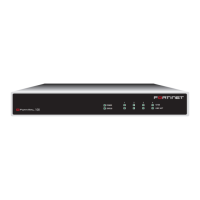
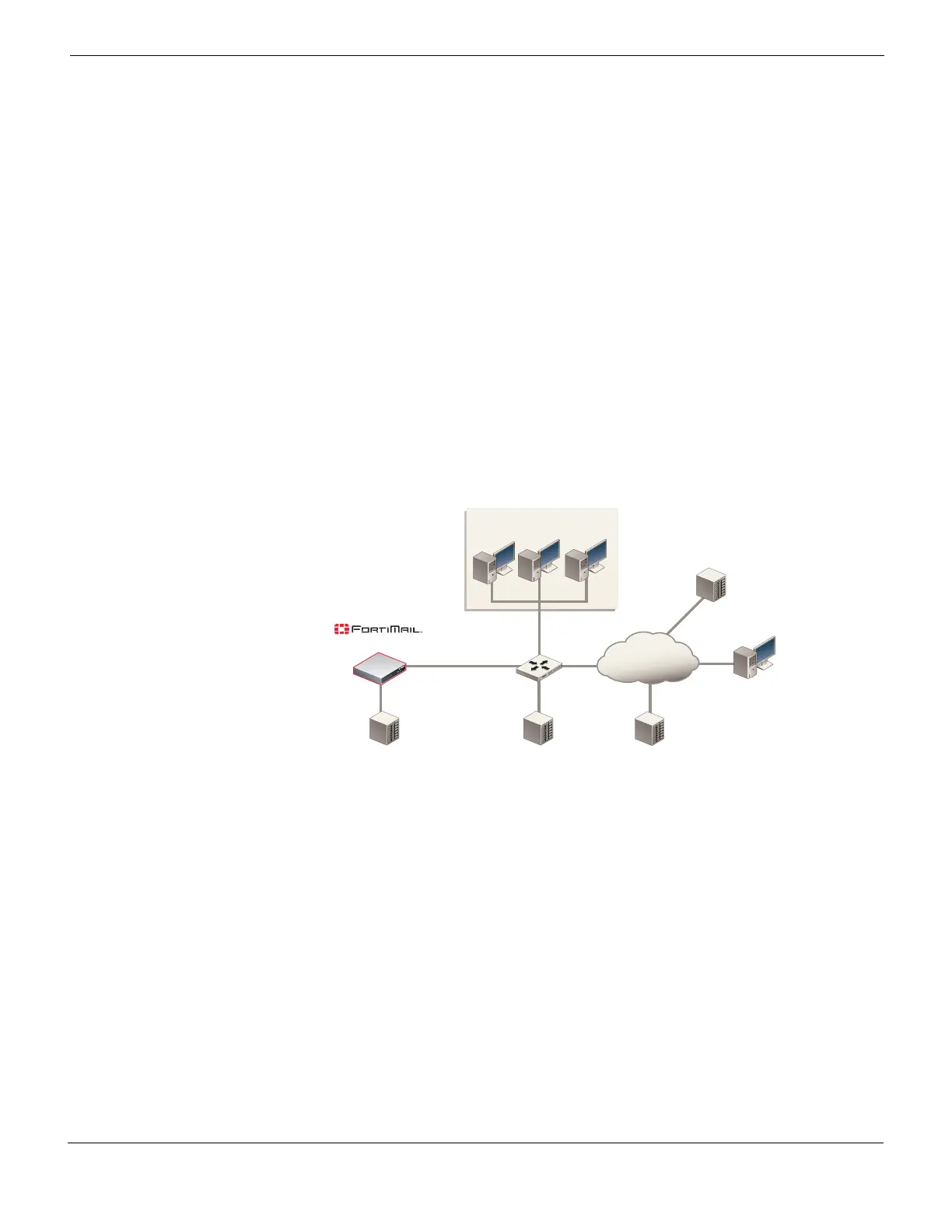